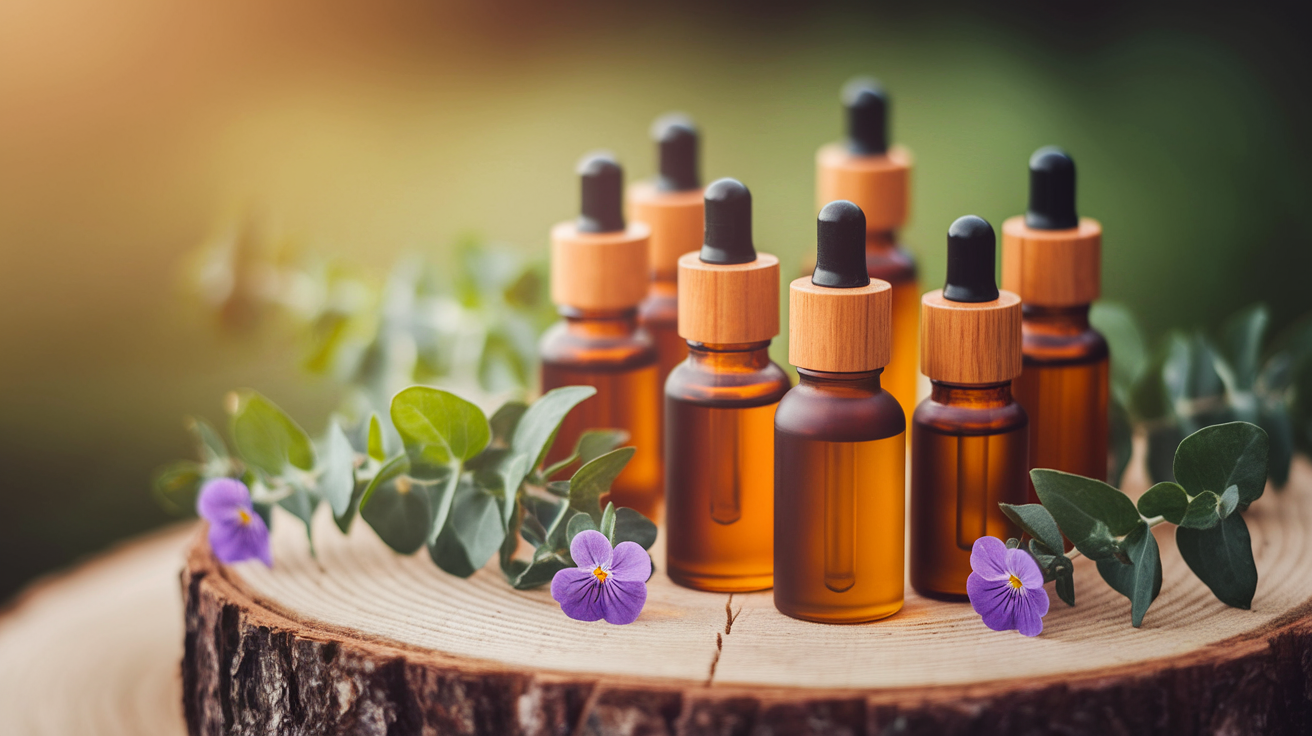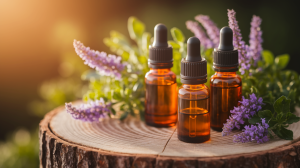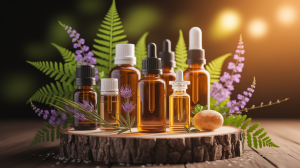Aromatic Beginnings – Quick Setup Blueprint
Getting an essential oil sensory evaluation panel off the ground feels a bit like setting up a stage before the actors arrive—you want every detail primed for the moment the curtain lifts. The heart of it is creating an environment that allows aromas to speak clearly without competing distractions. Think clean air, steady temperature, and neutral scents in the space—no lingering coffee smell from earlier, no perfume trailing in from the hallway. When I’ve rushed this step in the past, even a faint ambient odor was enough to make some scent notes vanish like shy actors heading off-stage.
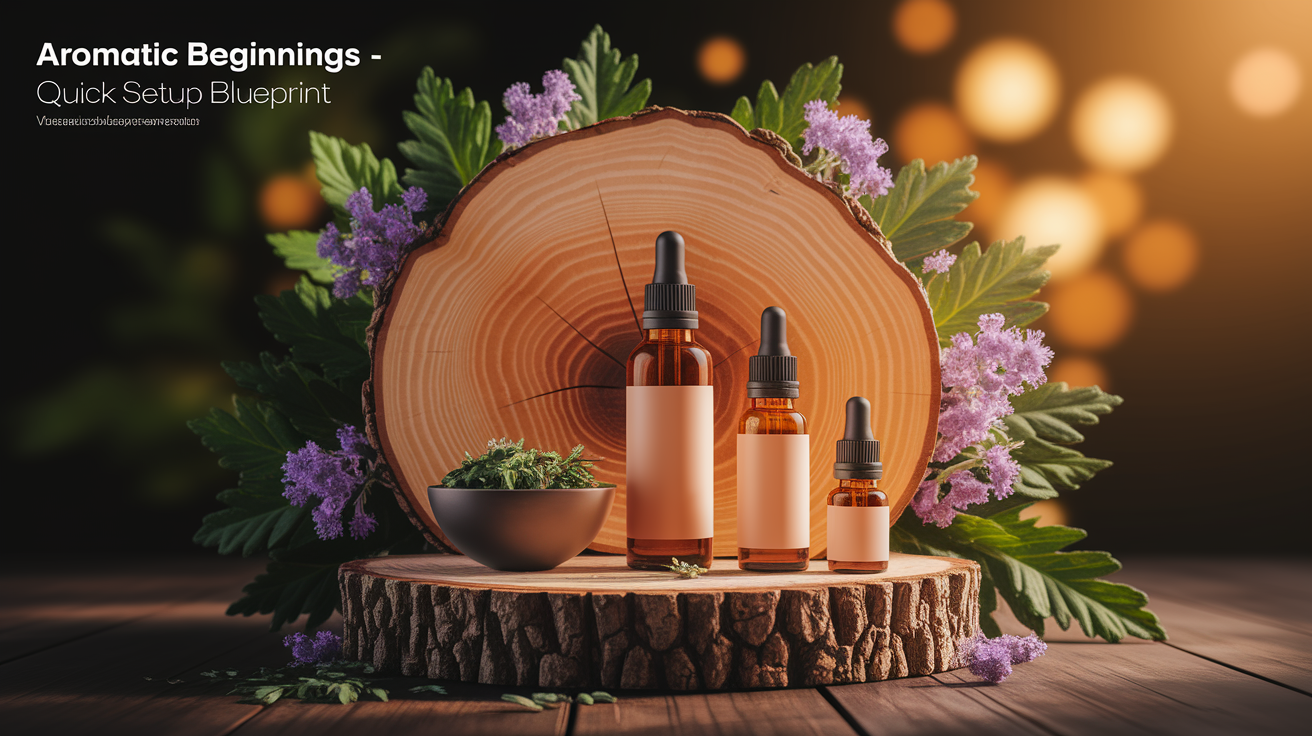
Your blueprint should cover basics like panel recruitment, environmental controls, and standardized sample handling. According to guidelines for sensory evaluation environments, regulating light and temperature and keeping the atmosphere odor-neutral are critical. Once that’s locked down, you’ve got the foundation to build something reliable and repeatable.
Selecting and Training Your Fragrance Experts
Choosing sensory panelists is like casting a crew of scent detectives—they need sharp noses, patience, and the ability to separate “nice smell” from “this has a hint of warm cedar with a whisper of bergamot.” Screening for olfactory sensitivity is key. You start with simple tests for detection thresholds, then gradually introduce complexity. I once had a candidate describe a lavender sample as “like a clean linen swing hanging in the sun”—we had to translate that poetic flair into standardized descriptive terms, but the talent was there.

Training involves calibration: repeated exposure to reference standards so every panelist knows what “medium citrus intensity” means on the scale. It’s a bit like nose training boot camp—tedious at times, but magic when the team’s evaluations align perfectly.
Designing a Distraction-Free Evaluation Space
The evaluation room itself needs to be a sensory sanctuary. Picture individual booths or partitions that give each panelist their own quiet bubble, shielding them from subconscious cues from others. No chatter, no sneaky side glances—we’re eliminating bias before it takes root. Controlled lighting avoids color bias when oils have any visual element to observe, and temperature regulation prevents aroma shifts.

In one setup, I remember catching a whiff of the janitor’s cleaning solution mid-session—it completely warped the evaluation of a delicate rose oil. That’s why environmental controls stress zero outside odor interference. If your space passes the “close your eyes and smell nothing” test before the session starts, you’re on the right track.
Streamlining Sample Handling and Presentation
Samples are the stars of the show, and they deserve first-class treatment. Proper containers—amber glass to shield from light—can make all the difference. If warming is needed to coax out subtle notes, it’s done consistently across samples. I’ve learned the hard way that uneven sample temperature can turn a “bright lemongrass” into a muted muddle, so protocols must be absolute.
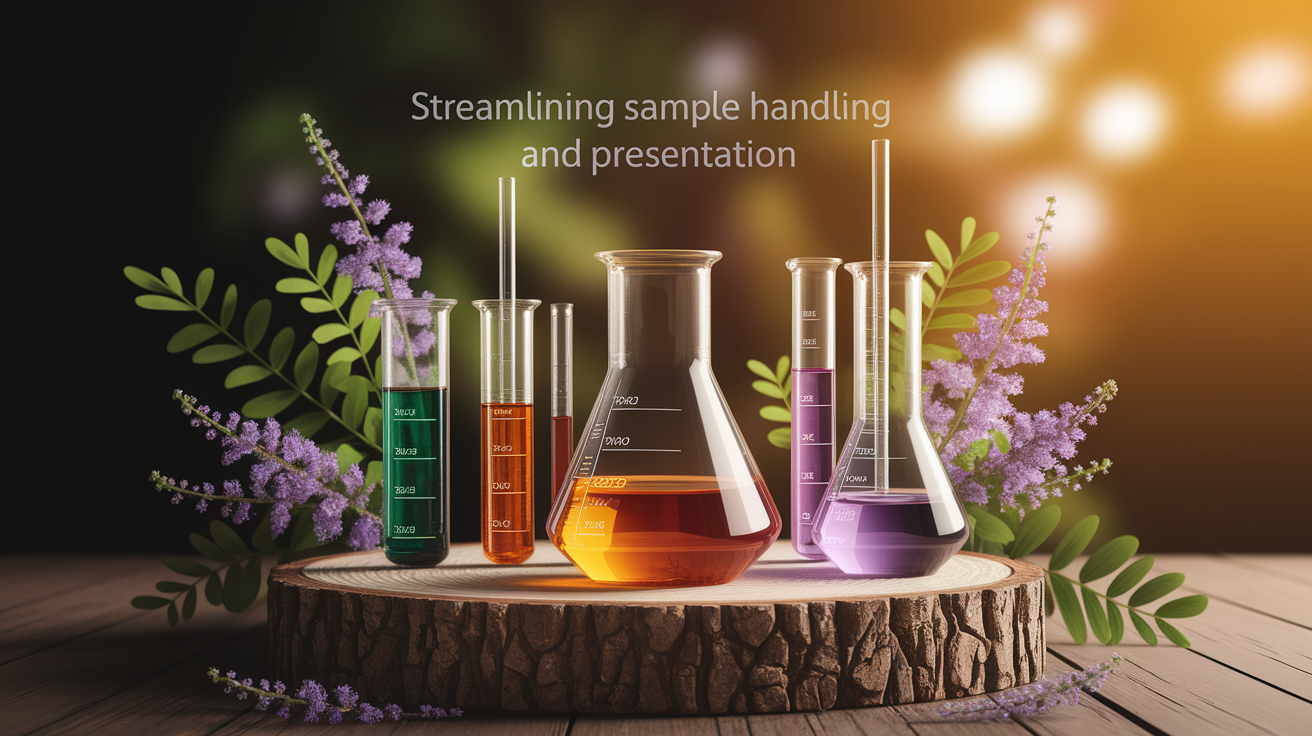
Presentation should follow randomized order and sometimes blind coding to keep bias in check. Standardized dilution protocols ensure safety and prevent overwhelming intensity. Following stepwise sensory evaluation methods helps panelists move through aromas logically—inhale, note, describe, score—without confusion or fatigue.
Capturing and Analyzing Sensory Data
Once the sniffing and noting is done, the real treasure is in the data. Standardized evaluation forms or electronic systems make it easy to record every nuance consistently. Imagine matching “sweet, floral, high intensity” across ten noses—it’s possible when everyone’s working from the same scale.

From there, statistical analysis comes into play. Descriptive analysis and inter-rater reliability checks weed out inconsistencies. As detailed in sensory characterization reviews, reliable data collection turns fleeting aromas into tangible insights you can work with. This is where science and artistry shake hands—the human nose meeting the precision of numbers.
The Final Note – Sustaining Panel Quality
Panels, like fine instruments, need tuning. Regular retraining keeps detection thresholds sharp and descriptions aligned. Olfactory fatigue is real, so scheduling sessions with rest periods keeps noses fresh. I’ve seen brilliant panelists lose sensitivity after back-to-back heavy aroma sessions—it’s preventable with smart pacing.
Maintenance means monitoring performance, refreshing reference standards, and keeping the evaluation space pristine. As the impact of trained panels shows, their consistency defines the credibility of essential oil testing. Keep the environment controlled, the panel engaged, and the methods tight, and your sensory evaluation setup will continue delivering results that are both scientifically sound and richly human.


